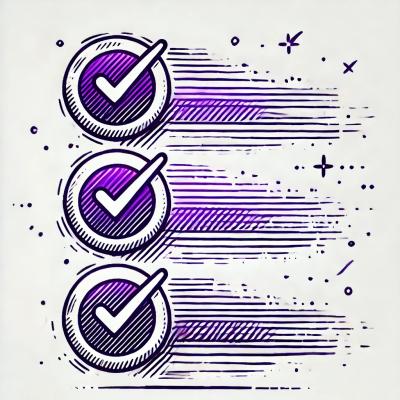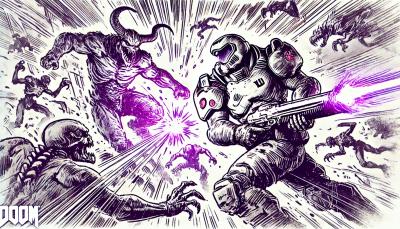-
Tune : a map of OPA color (the "independent") to positions of a single motor (the "dependent").
my_tune = attune.Tune(
independent=[450, 600, 700],
dependent=[3.225, 2.332, 1.987]
) # relate color to bbo angle
-
Arrangement : a collection of Tunes that define a concerted process (e.g. to generate idler photons, one might move several motors (bbo, g1, etc.))
idler = attune.Arrangement("idler", dict(bbo=my_tune, g1=my_other_tune))
-
Instrument : a collection of Arrangements (e.g. an OPA may have signal and idler)
my_opa = attune.Instrument({"idler": idler, "signal": signal}, name="opa1")
Note: arrangements can be called as tunables if they exist in the same instrument. This can allow nested naming
shi = attune.Arrangement(Dict(
idler = Tune(shi_colors, idler_colors),
sh_crystal = Tune(shi_colors, angles)
))




